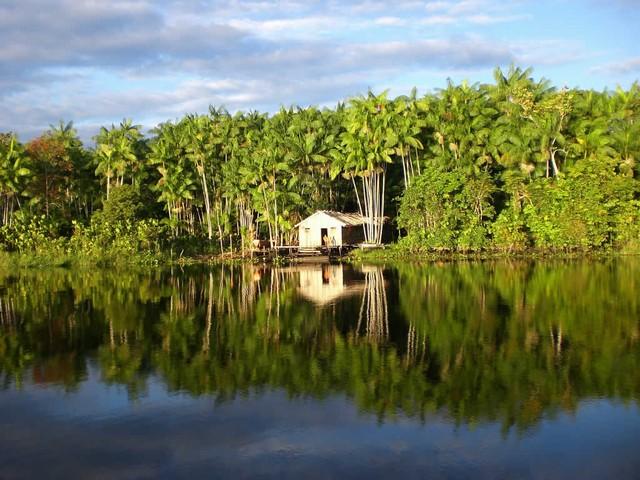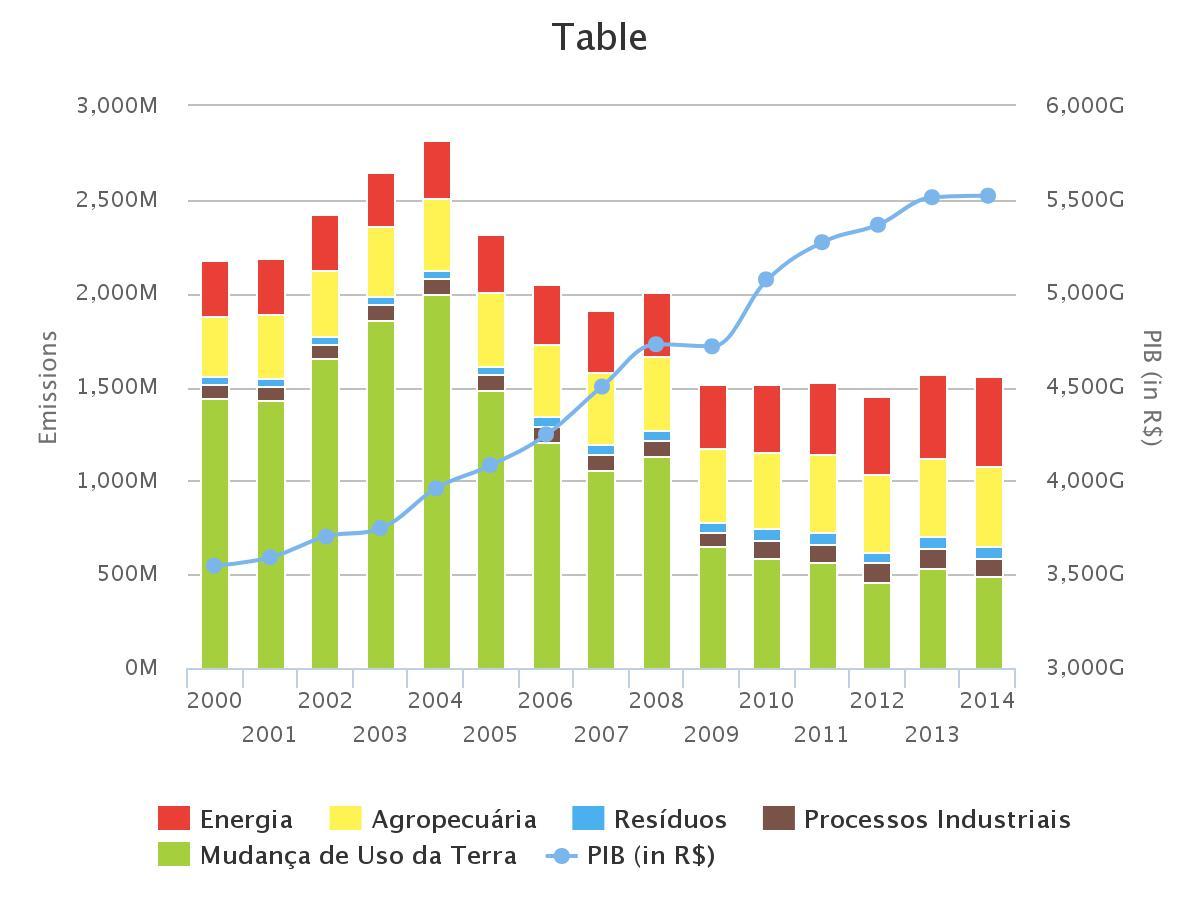by Joyce Brandão (ELP 2016) | Landscape Specialist, Solidaridad Network, Brazil
During the last two weeks a group of almost 40 world citizens from 25 different countries gathered in Berkeley to attend the Environmental Leadership Program at the University of California, Berkeley. I am part of this group and I understand that all of us are here for different personal reasons but, I imagine, for the same purpose: aiming to be better professionals, better human beings, and as a consequence becoming better leaders.
Among the diversity of countries and cultures, I would like to share some inspirational experiences that we, the civil society and private sector, are facing in Brazil. But before sharing, it is likely to have a snapshot of Brazil.
Brazil is among the largest economies in the world and also one of the best poised to significantly reduce GHG emissions. Brazil is home to the second largest forest area in the world, which means that 12% of the world's forests are there and represent the largest stock of biomass (hence carbon) in the world. Huge country.
To protect that giant forest area, we understand that it is necessary to take different approaches. A relevant one is being the largest protected land area on the plant. Nevertheless, forest and natural vegetation in Brazil is not just part of public protected areas system, they are also placed and protected in private properties. This regimentation complements our national conservation strategy. It means, that all private land in Brazil has the obligation of conserving or restoring the natural vegetation of its land, and the percentage of conservation varies per biome. It is a progressive and unique approach for conservation in private lands around the world. In this way, we have a precious asset: approximately 60% of the country's land is still covered by forests and native vegetation. (Click here for more information)
Source: www.brasilplanet.com.br
Besides that, Brazil has already started its homework to contribute to reducing GHG emission, due to the significant drop on deforestation rates in the last decade, which accounted for 65% of all Brazilian emissions in 2005. Land use change, however, is still the largest source of gross GHG emissions in Brazil, followed by energy consumption, agriculture and industrial processes.
Graphic: Brazil GHG emissions from 2000 up to 2014
Legend: Red = Energy; Yellow = Agriculture and Livestock; Blue = Water; Brown = Industrial processes; Green = Land Use Change; Blue line = GDP.
Source: http://plataforma.seeg.eco.br/total_emission#
This graphic above showed GHG reduction decoupled of GDP growth. It is a real example that low carbon strategies must also be part of national social and economic decisions, and avoiding the statement that environmental conservation stagnates the national economy.
However, as we are facing in these days in the ELP Program, building a long term view of development and conservation is not trivial. There are many components that must be considered, and an important one is ensuring that all actors, or stakeholders are involved, are listened to, respected and able to work together for a common future.
The big picture presented until now seems that the process in Brazil has been easy, nevertheless it is not. Aligning and negotiating between different sector's interests are not soft, but it is necessary. There is no other way, we must talk.
The example that I wonder to share is about a coalition called Agriculture Forestry and Climate, formed by more than 200 civil society and private sector organizations that decided to join efforts in order to contribute to our country to consolidate a strong low carbon economy. Among its goals, it can reach an agro-forestry economy, ensuring that forests has value and agriculture production will be carried out in many sustainable and accessible ways, without the need of converting forest or native vegetation, and that the productivity of these areas is significantly increased by employing an inclusive low-carbon and adaptive system to tackle climate change.
The Paris Climate agreement last year, 2015, was part of humankind history and played an important role to encourage those stakeholders to build up on Brazil's INDC goals. Although, the challenge now is how to implement the GHG emission reduction in such a way that society and actual economic systems count reframe the business as usual, and overcome the oil-oriented system production, promoting equity and quality of life among the entire society.
By this very brief Brazilian example I am wondering to understand how national's leaderships are connecting and convening different negotiation's scales and multi-sectorial approaches to reach sustainable and inclusive long term vision in the countries around the world.


